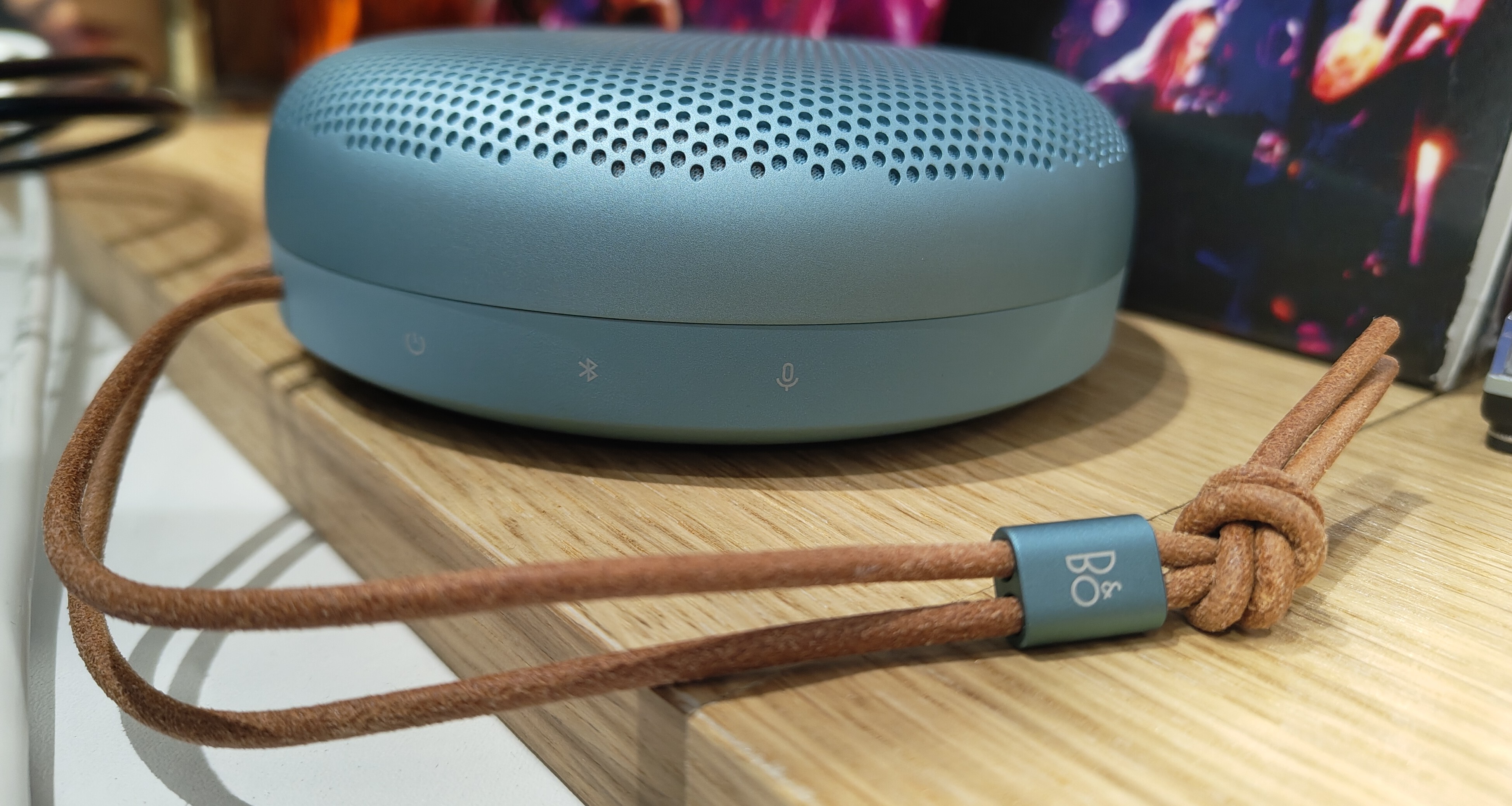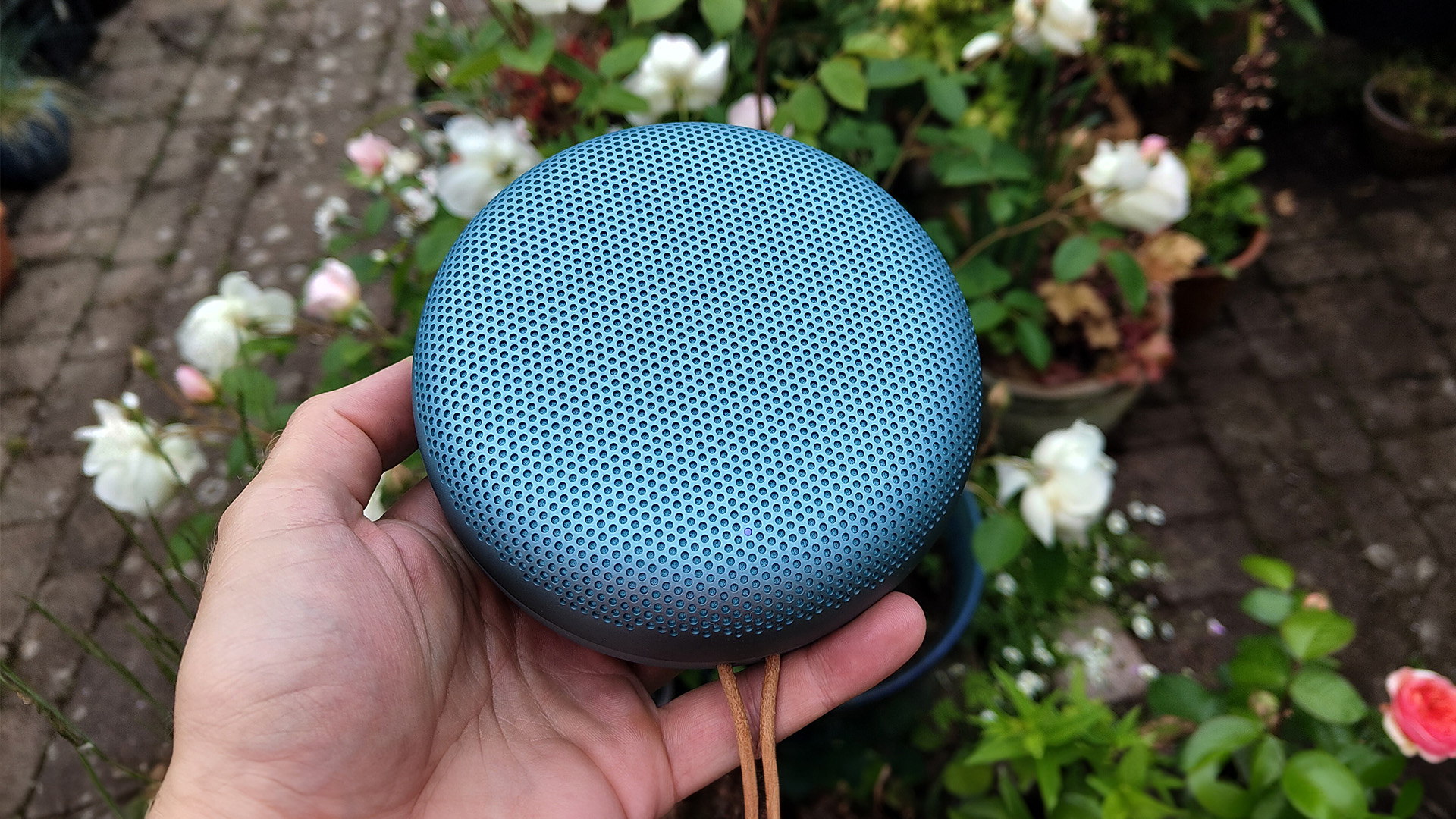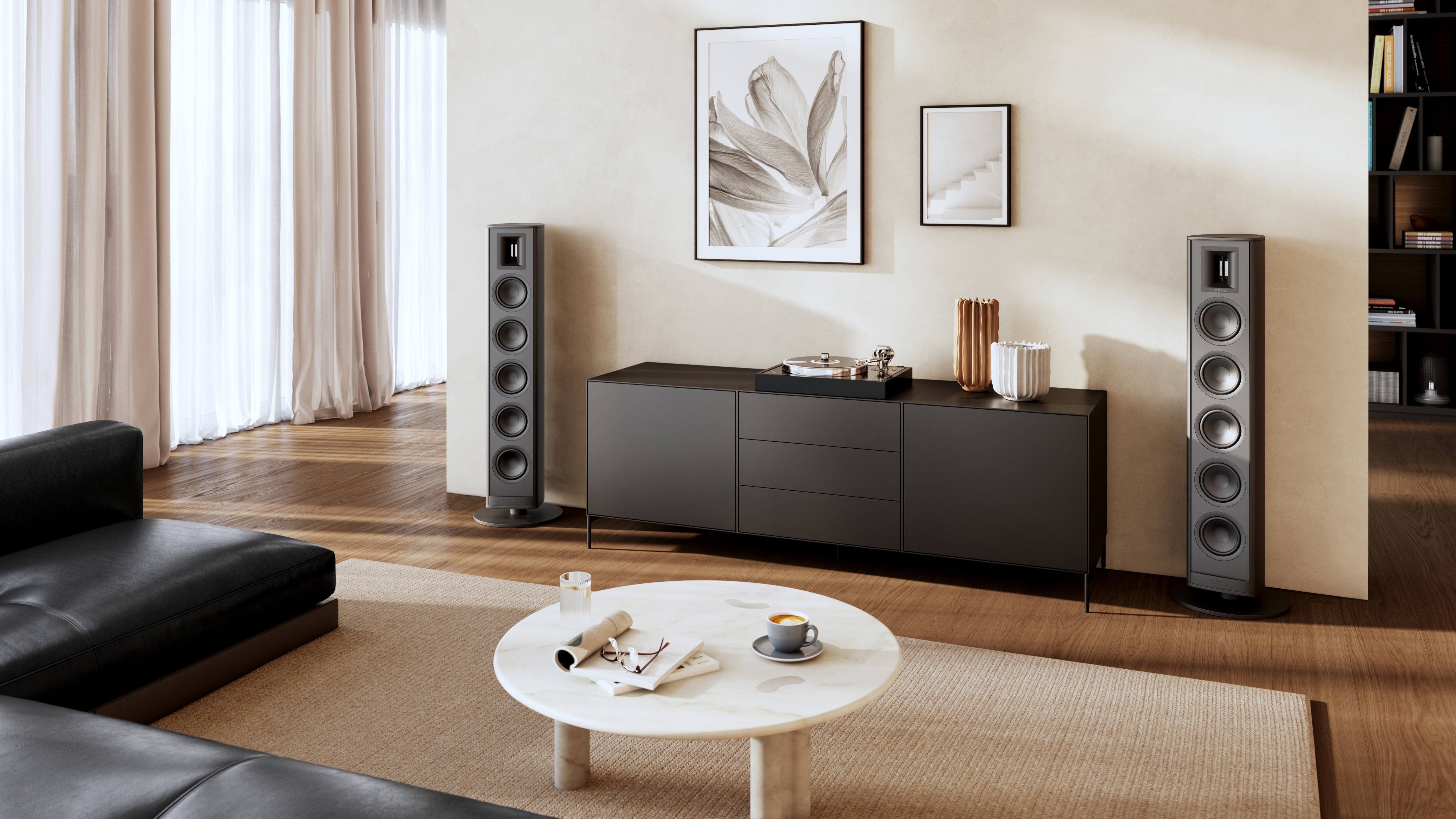The Bang & Olufsen Beosound A1 (Gen 3) is the best Bluetooth speaker I'd never buy
A case of heart versus head?

The new Bang & Olufsen Beosound A1 (3rd Gen) has sparked some interesting conversations within the What Hi-Fi? offices.
It's been five or so years since the previous generation of Beosound A1 model arrived, so the prospect of a successor was a big moment – Bang & Olufsen doesn't exactly pump out products with the machine-like regularity of JBL or Sony.
Those conversations have, as we'll see, had me questioning myself, the Beosound A1 (3rd Gen) and, perhaps most importantly, our own test procedures.
Ever since I've been at What Hi-Fi? (around two and a half years, doesn't time fly etc), I've worked, as have we all, on the principle of sound-per-pound (or dollar) performance, assessing products relative to the amount they cost to buy.
We view and assess through the lens of value, not pure objective quality, in order to give the most salient and useful buying advice possible. Of course, a multi-hundred-pound pair of wireless headphones is probably going to trounce a set that costs 10 per cent of their price from the back-end of Amazon in terms of their outright performance, but not necessarily in terms of their performance value.
The new B&O Bluetooth beauty, however, has slightly thrown these assessment metrics into question. We like the Beosound A1 (Gen 3), awarding it four stars and praising its build, usability and sweet-sounding midrange.
Yet based on sound-per-pound performance and overall value, it is a fair way behind its more affordable JBL Bluetooth speaker rivals, which, as you might have noticed, keep scooping those tasty five-star reviews.
The five-star JBL Charge 6 is roughly on a performance par but will cost you £130 / $50 / AU$400 less than the B&O, meaning that, by our traditional sound-per-pound metric, the JBL is the better-value speaker. Heck, you could buy the JBL Xtreme 4 (currently £230 / $250 / AU$330), which is superior still and about five times the size of the B&O.
So why is the new Beosound A1 such an easy speaker to covet and, perhaps more crucially, to actively recommend? Well, for a start, it has certain qualities which can't readily be quantified in terms of cold hard cash.
The B&O has an indefinable 'cachet', a sort of strange allure and prestige that you just don't get from a JBL, and that's a tough thing to put a price on.

You can tell from the way we hold it. Give us a JBL Flip 7 or Charge 6 and the first thing we'll do is chuck it in the air, toss it to a work colleague or start trying to take chunks out of its rubberised edges. And hey, that's no bad thing – it's designed to be rugged and hard-wearing.
But with the Beosound, we spent most of our time holding it before us like a votive offering, cradling the speaker as though it were made of ivory and glass. The main metal body grille feels classy and substantial, as does the rubberised underside, all coming together to create something that feels like it has genuine worth.
The perceived value is just so much greater than with the JBLs, despite their price difference, and we instinctively treat it accordingly.
As we've said in conversation, if you had work colleagues around for dinner at a swanky party, you'd pull out the B&O. If you were going down the park with your mates, you'd bring the JBL. Environment and context matter, and the Beosound A1 (3rd Gen) would feel right at home nestled among John Lewis soft furnishings or placed next to some boujee Le Creuset cookware.
Let's also establish that the idea of value has its elastic limits. The price tag of the B&O may be a limitation for me, especially as someone who views everything as a comparative 'performance for the price' judgement, but this is a Bluetooth speaker for a buyer who isn't necessarily working within those parameters, or indeed any parameters at all.
"Ah, but what if money were no object?" was the question a more perceptive colleague put to me, quite rightly, when I was defending the What Hi-Fi? party line. "What if you could have any Bluetooth speaker you liked?"

Okay, I'd be more tempted by the stunning Dali Katch G2, but the principle is the same: it's not always about value as you go up the cost ladder, it's about getting the thing that you want, cost be damned.
That Katch G2 started life at well over £300 and actually justified its high price tag with a sound superior to that of the more affordable competition – to the extent that it won a What Hi-Fi? Award. But not every prospective buyer would necessarily be so concerned with value; they just want the best, swankiest speaker they can find.
It's also about the unique amalgamation of features and qualities that makes a product enticing. Yes, you can get a much larger speaker at a lower cost, but what if you want something portable? Again, you could get a smaller JBL Flip 6, but what if build quality and aesthetics are paramount? You could find something cheaper and better value, but as we've covered, what if money is simply no object?
The thing is, whether we're writing reviews or reading them, it's sometimes easy to lose sight of the most important aspect of consumer advice: do you actually want the product in question?
The recently reviewed Neat Iota II bookshelf speakers are a great example of this: their large price tag led to a four-star review, but that doesn't stop them from being a charming duo that we can't help but covet. Even when you know you're not getting the best deal, they offer something unique – style, function, that indefinable 'want it' factor – that sets them apart from more 'sensible' alternatives.
It's the same with the Beosound A1 (Gen 3). Is it the best value Bluetooth speaker you can buy? Definitely not? Would I buy one for myself? Not at this price.
But do I want one? Absolutely.
MORE:
7 tracks we've been enjoying in our test rooms over the past month
Read our Dali Katch G2 review
Best Bluetooth speakers tried and tested for every budget

Harry McKerrell is a senior staff writer at What Hi-Fi?. During his time at the publication, he has written countless news stories alongside features, advice and reviews of products ranging from floorstanding speakers and music streamers to over-ear headphones, wireless earbuds and portable DACs. He has covered launches from hi-fi and consumer tech brands, and major industry events including IFA, High End Munich and, of course, the Bristol Hi-Fi Show. When not at work he can be found playing hockey, practising the piano or trying to pet strangers' dogs.
You must confirm your public display name before commenting
Please logout and then login again, you will then be prompted to enter your display name.
